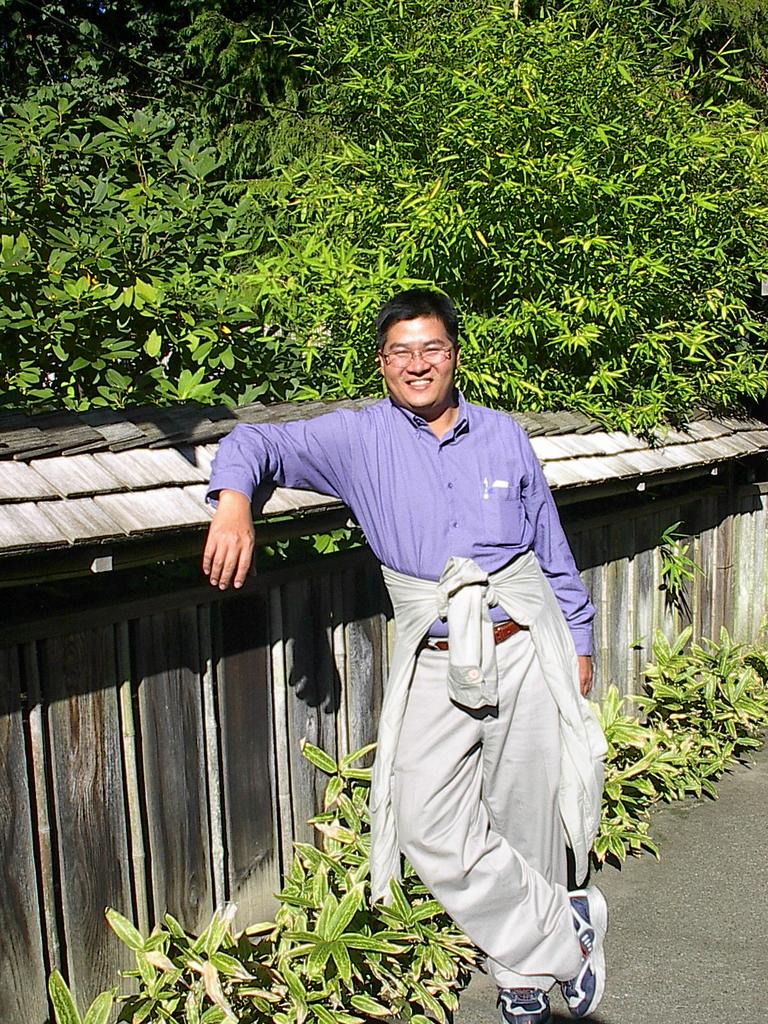Fraser River (59)
卑詩省溫哥華地區的生命之河-飛沙河(Fraser River)
State of the River
Fraser River, British Columbia
Where the Salmon is King
Designated 1998
The Fraser River – the largest river in British Columbia, the longest river in the CHRS, the greatest salmon river in the world – is a river of superlatives. It begins in Mount Robson Provincial Park, in the shadow of the highest mountain in the Rockies. Its journey of 1375 km ends at the city of Vancouver, where it merges with the Pacific Ocean among vast wetlands, internationally recognized as an important staging and nesting area for shorebirds and waterfowl. Its rapids and canyons, once cursed by Simon Fraser, the first European to travel its tumultuous waters, are now favourites with whitewater enthusiasts.
The Fraser River Basin, the area drained by the Fraser River and its tributaries, is of great environmental, economic and social value in the province and worldwide. It covers more than 25% of British Columbia's land area and is home to 2.7 million people. Activities in the Basin contribute 80% of the province's gross domestic product and 10% of Canada's gross national product. The Basin's forests cover nearly three times the area of New Brunswick, and its farms, ranches and orchards comprise half of all British Columbia's agricultural lands. There are eight major producing mines, as well as some of the province's - and the world's - most spectacular natural beauty and recreational opportunities.
The Basin also boasts one of the world's most productive salmon river systems, supporting five salmon species and 57 other species of fish, including steelhead and giant sturgeon. It is British Columbia's most productive waterfowl breeding area, and more than 300 species of birds and many species of mammals make use of the Basin.
For thousands of years, the Basin has been home to many aboriginal peoples including the Halquameelem, Hun Qui Min Um, Nlaka'pamux, Secwepmec, Stl'atl'imx, Tsilhqot'in, Carrier and Okanagan speaking Nations. The history, strength and diversity of aboriginal and other communities within the Fraser Basin is fundamental to the sustainability of the Basin and reinforces the critical importance of fostering the long-term health of the Basin.
In 20 years, the population in the Fraser Basin is expected to reach 3.8 million. The question of how to balance this growth in ways that enhance the Basin's social, economic and environmental health - and wealth - is an enormous challenge, an important responsibility, and an urgent priority.
The size and diversity of the Fraser Basin combined with the growth in population poses many challenges to achieving a vision of sustainability. Individuals, organizations, federal, provincial, local and First Nations governments have signed a Charter for Sustainability that sets a path for achieving sustainability of the Basin. The Fraser Basin Council, a not-for-profit society established in 1997, now oversees implementation of the Charter. While the vision and goals presented in the Charter apply to the entire Basin, their achievement will provide the foundation for managing the heritage river values of the mainstem Fraser River for quite some time.
http://www.chrs.ca/


0 Comments:
Post a Comment
<< Home